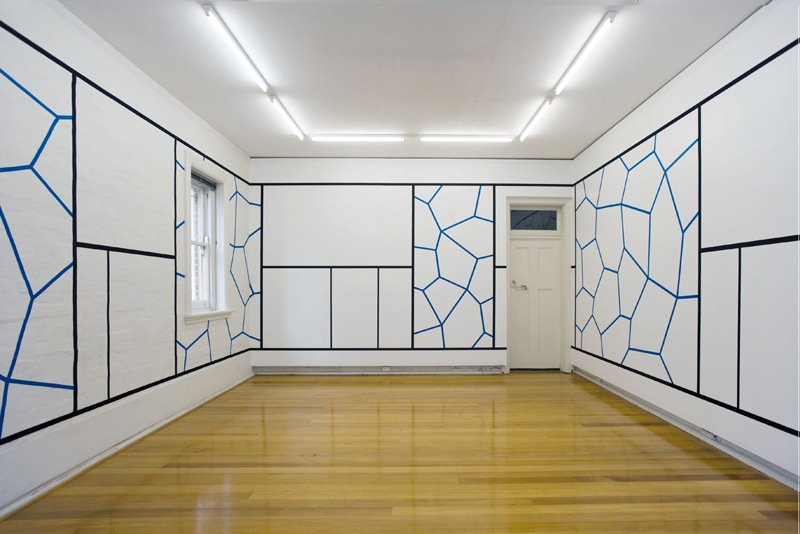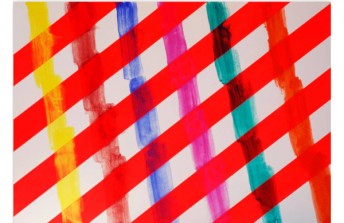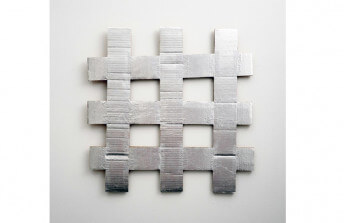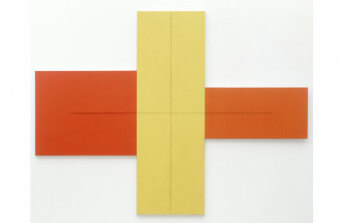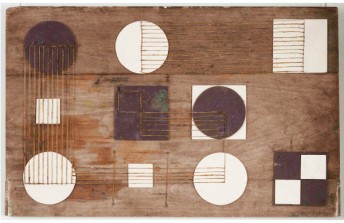Minimalism in Abstract Art: A Journey Through History and Contemporary Expressions
Dec 20, 2024
Minimalism has captivated the art world with its clarity, simplicity, and focus on the essentials. Emerging as a reaction against the expressive intensity of earlier movements like Abstract Expressionism, Minimalism reshaped how we view art by stripping it down to its most fundamental elements: form, color, and space. But was Minimalism truly a movement, or is it better understood as a stylistic approach? And how does its influence resonate today in the works of contemporary artists? Let’s explore the roots of Minimalism, its pioneers, and how its principles continue to thrive through the abstract creations of artists represented by IdeelArt.
The Origins Of Minimalism
Minimalism as a formal artistic movement began in the late 1950s and gained prominence throughout the 1960s, primarily in the United States. It arose as a response to the emotional and gestural complexities of Abstract Expressionism, favoring order, precision, and materiality over personal expression. Influenced by philosophies of reduction and purity, Minimalist artists sought to remove unnecessary elements, focusing instead on the interaction between the viewer and the artwork itself.
The term "Minimalism" was not chosen by the artists themselves but rather by critics to describe this growing trend. Artists like Donald Judd, Agnes Martin, Frank Stella, and Dan Flavin were central figures, each experimenting with geometry, repetition, and industrial materials. Their works blurred the line between painting, sculpture, and space, often inviting viewers to engage with the art on a physical and spatial level. Agnes Martin, for example, explored tranquility and introspection through her delicately gridded canvases, while Donald Judd famously created three-dimensional structures that emphasized form and material over metaphor or symbolism.
While Minimalism is often regarded as a movement, some argue that it is better understood as a stylistic language or approach rather than a cohesive, organized collective. Unlike movements such as Surrealism or Dada, Minimalism lacked a unifying manifesto or ideological framework. Instead, it was united by a shared aesthetic sensibility, focusing on the "what is" rather than the "what could be."
Minimalism Today And At IdeelArt
The enduring legacy of Minimalism is evident in the practices of contemporary artists who reinterpret its principles for the modern era. At IdeelArt, several artists create works that resonate with the movement’s focus on reduction, balance, and materiality, yet bring their own unique perspectives to the style. Their work engages in a rich dialogue with the ideals established by figures like Donald Judd, Agnes Martin, and Ellsworth Kelly while simultaneously addressing new contexts and approaches.
Take Emma Godebska, whose approach to mark-making introduces an expressive dimension to Minimalism. Her works strike a delicate balance between emotional resonance and structural clarity, echoing the emotive qualities of Joan Mitchell while sharing a formal, restrained energy reminiscent of contemporary ink artist Yeo Shih Yun. Godebska’s minimal yet dynamic marks transform the canvas into a meditative space, where every line feels deliberate yet instinctual.
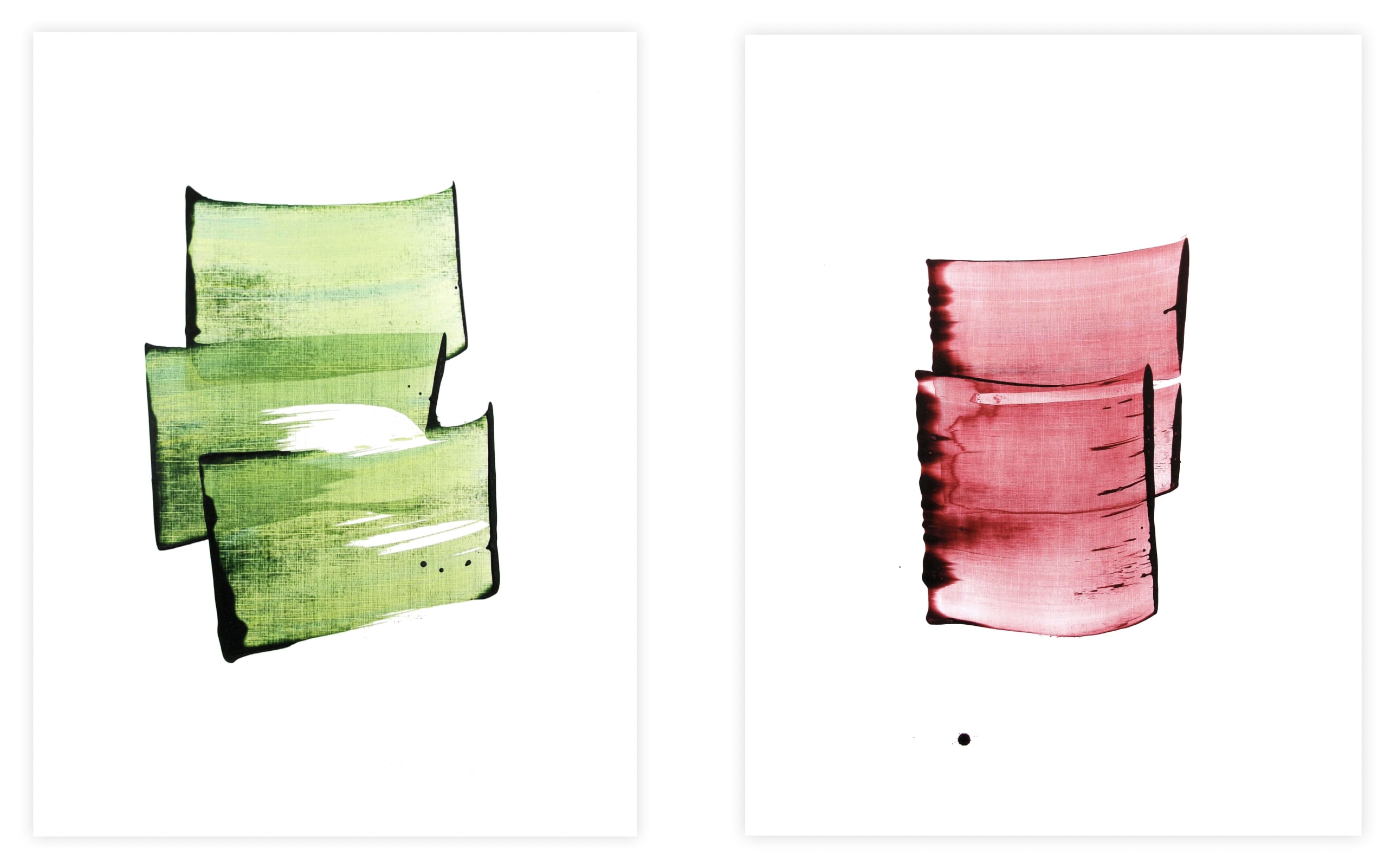
Emma Gobedska, Golden Green 08, 2021 (Left), Memento 03, 2022 (Right). Courtesy of the artist.
Similarly, Daniel Goettin extends Minimalism's exploration of spatial relationships. His site-specific compositions, which use industrial materials and geometric arrangements, build upon the ideas of Donald Judd while offering a distinctly contemporary perspective on the interaction between art and architecture. Goettin’s practice aligns with the work of artists like Olafur Eliasson, who similarly engage viewers through spatial interventions that emphasize simplicity and materiality.
Daniel Göttin, Network 40, Site specific installation at Peloton, Sydney, Australia (2008). Courtesy of the artist
Pierre Muckensturm takes a deeply introspective approach to Minimalism, creating monochromatic works that explore the texture and depth of surface. His subtle shifts in tone and form recall the meditative sensibility of Agnes Martin, but his focus on materiality also aligns with the tactile richness seen in works by Richard Serra. Muckensturm’s pieces invite viewers to slow down and engage with the nuances of surface and space.
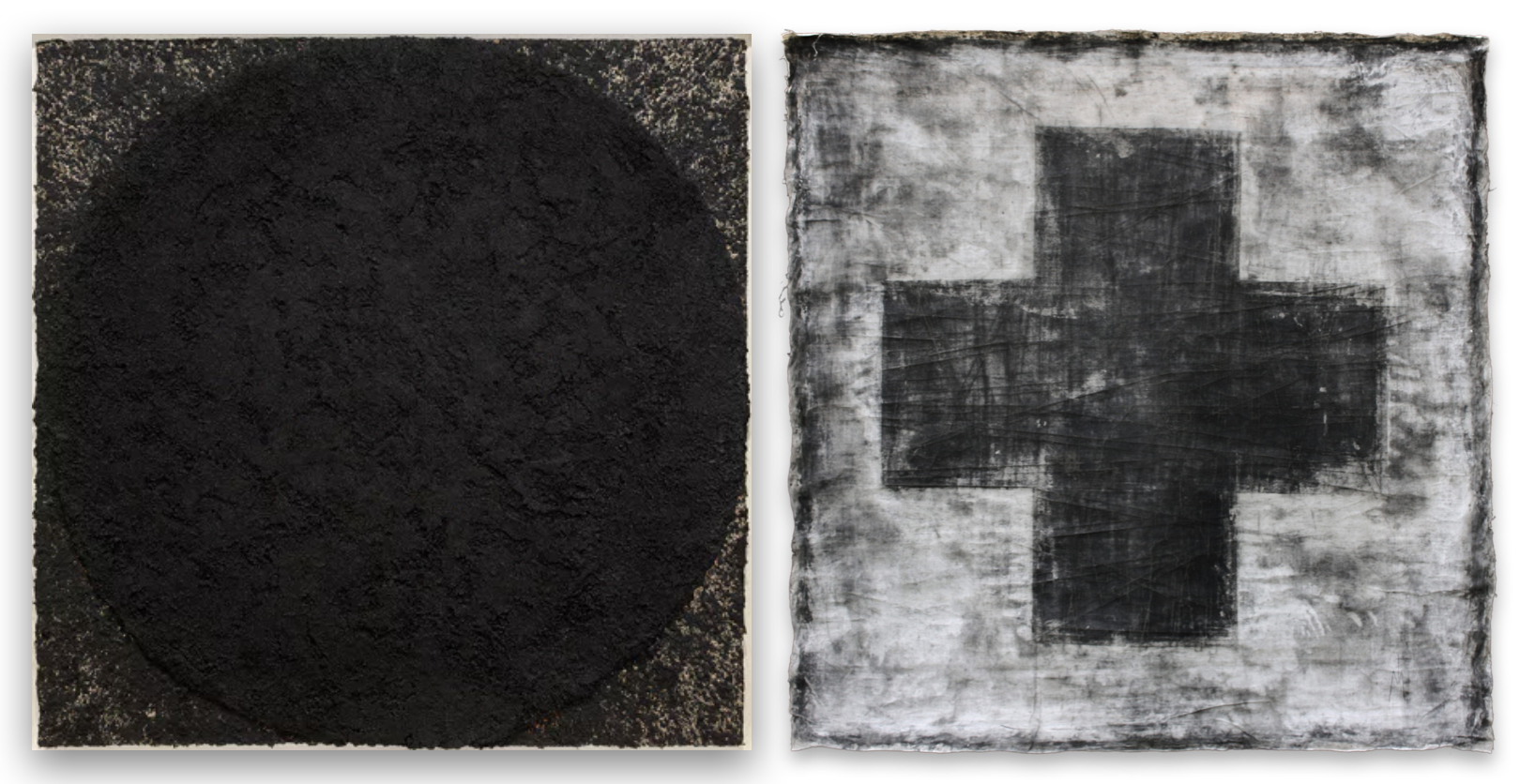
Richard Serra, Shiver, 2009 (Left) - Pierre Muckensturm, 13P2261, 2013 (Right), Courtesy of the artist.
Meanwhile, Tom McGlynn and Debra Ramsay both explore the interplay between color and structure, albeit in distinct ways. McGlynn’s bold yet minimal compositions emphasize visual clarity, evoking the large, saturated color fields of Ellsworth Kelly. Ramsay, on the other hand, uses repetition and subtle variations of hue to create works that feel at once systematic and poetic. Her methodical exploration of color harmonizes with the precision of Josef Albers, yet her works maintain a contemporary vitality.

Ellsworth Kelly, Blue And Green Over Orange, 1964 (Left) - Tom McGlynn, Survey 3, 2013 (Right). Courtesy of the artist.
Finally, Arvid Boecker approaches Minimalism through a lens of material experimentation. His textured color fields and layered surfaces bring to mind the meditative materiality of Sean Scully, yet Boecker’s works remain grounded in a rigorous exploration of the relationship between color, form, and space.
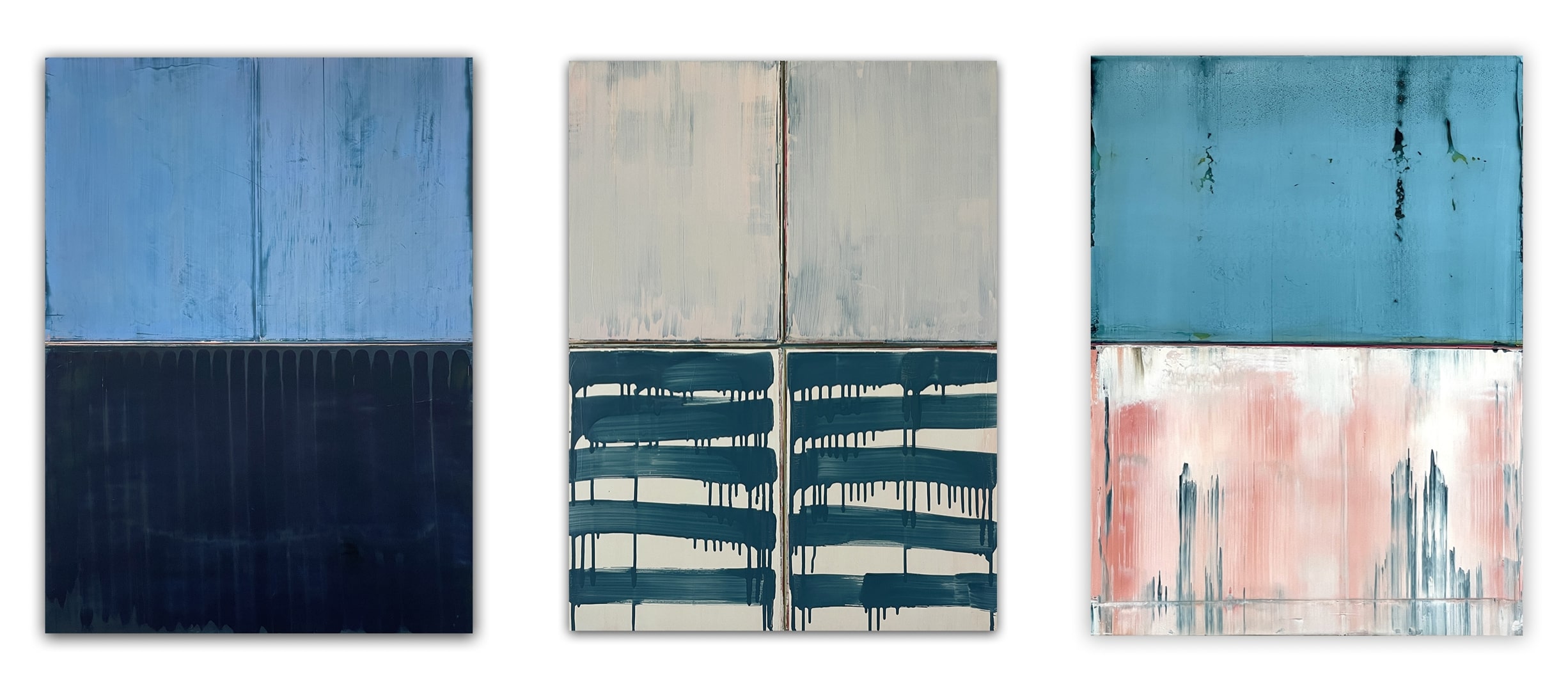
Arvid Boecker, From left to right: #1625, 2023, #1606, 2023, #1694, 2024. Courtesy of the artist.
Together, these artists at IdeelArt exemplify the diversity of Minimalism’s contemporary interpretations. While they share a commitment to its foundational principles of reduction and simplicity, each brings a unique voice to the conversation, demonstrating how Minimalism continues to evolve and inspire. To explore more works by these artists and others embracing Minimalist abstraction, visit our curated collection.
Why Buy Minimalist Abstract Art?
Minimalist abstract art holds a unique appeal for collectors and art lovers alike. Its timeless aesthetic, focus on simplicity, and ability to transform any space make it a versatile and powerful addition to both personal and corporate collections.
Minimalist works often complement modern interiors, offering tranquility and balance in their purest forms. Whether you're a seasoned collector or just starting your journey, exploring minimalist art is an excellent way to invest in pieces that resonate with harmony and depth.
The legacy of Minimalism continues to inspire artists and captivate collectors worldwide. At IdeelArt, we celebrate the diversity and evolution of this enduring style.
Discover our full collection of minimalist abstract art and find the perfect piece to enrich your collection or transform your space.
Featured image: Debra Ramsey, Honeysuckled 4, 2016. Courtesy of the artist.

